
There was some aquarium advice on Facebook from one Sean Dwyer which I think was excellent:
- “Have fun
- Watch your fish behavior so you can tell if something is off
- Don’t stress and overthink anything.
Keeping the hobby enjoyable is most important. If you don’t enjoy what you are doing, the fish will suffer more than forgetting a water change.”
Great advice!

The simple fact is that Mother Nature is very forgiving and very flexible. One can set up an aquarium, add some water and some fish and be very successful from the get-go. There is only one “rule”:
.
If your water has chlorine in it you must condition the water to remove the chlorine
.
Beyond that, there are NO “rules” or “requirements”.
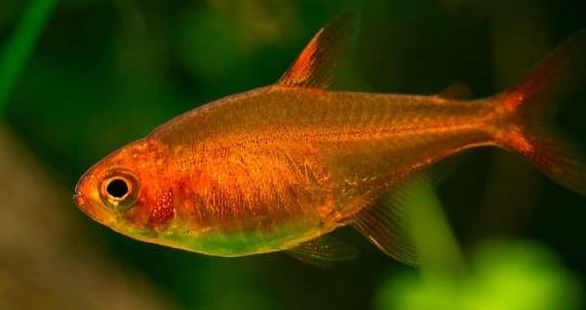
Making Fish Thrive
But all hobbyists want to make their fish healthy and “thriving”. Five parameters are key to achieving that.
For Fish to “Thrive”:
-
Have excellent biofiltration with lots of filter media surface area
-
Feed very lightly (What the fish can consume in one minute once a day)
-
Feed food with a protein level over 45% on a dry basis
-
Have great aeration of the water
-
Infrequently clean the filter while leaving a lot of brown gunk
Note that these five things together should produce crystal clear water. Crystal clear water has a very low bacterial count in the water. Crystal clear water indicates conditions which where fish will be very healthy.

Let’s put these items in a table and score them, zero being non-existent and ten being very well maintained.

If your total score is:
- 15 consider only very tolerant fish (common goldfish, zebra danios, bettas)
- 25 is good for a starter community aquarium (barbs, platies, swordtails, gouramis, rainbowfish, catfish)
- 35 gets you fancy goldfish, rasboras, Central American cichlids, Amazon fish (pencil fish, corydoras, silver dollars, angelfish, most tetras, etc.), or African cichlids (mbuna, haps, peacocks, etc.)
- 45 gives you black water fish like neons, rummy nose tetras, discus, rams, Oscars, severums, loaches, and glass catfish.
The cumulative nature of these guidelines has led to things like “I know someone with Africans and only cartridge hang-on-back filters”. Yes, if everything else is perfect one can keep Africans with cartridge hang-on-back filters (these filters are notoriously poor on biofiltration). Just don’t try it with an Oscar. The Oscar will die from hole-in-the-head with a cartridge hang-on-back filter as the sole filter the majority of the time.
These are only rough guidelines and far from “rules”. They are violated all the time quite successfully. We go into each point in the discussion below.
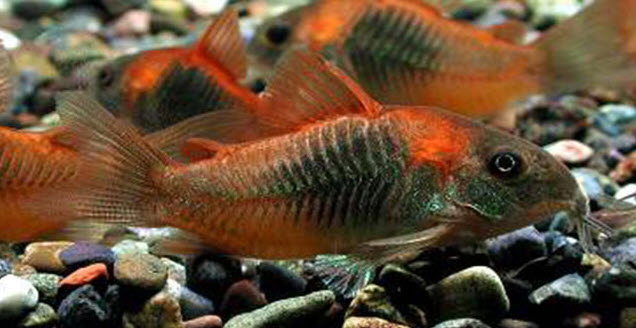
1, Have Excellent Biofiltration with lots of filter media surface area
Biofiltration is dependent on something called “effective surface area”. It is the number of square feet of surface area available on filter media where beneficial bacteria can grow, Note that when it comes to the media in a filter the “EFFECTIVE surface area” is often much less than the advertised surface area … MUCH less.
Cartridge filters, both internal to the tank and hang-on-back varieties, tend to be very poor filters with very small effective surface areas. Sponge filters, under gravel filters, canisters and sumps have decent to very good effective surface areas. Note that simple substrates such as gravel which are not in undergravel setups do NOT have any effective surface area. The water flow in the substrate is too low for the surface area to be effective.
This is the most important of the five variables. Good biofiltration can overcome a lot of other short falls

.
2, Feed very Lightly
Beginners often follow the directions on the food can: “Feed what the fish can eat in five minutes three times a day”. This is WAY too much food.
What I recommend for feeding is simple;
.
Feed fish once a day ONLY an amount of food the fish can consume in one minute.
.
If there is food still in the aquarium after one minute you need to cut back on the amount.
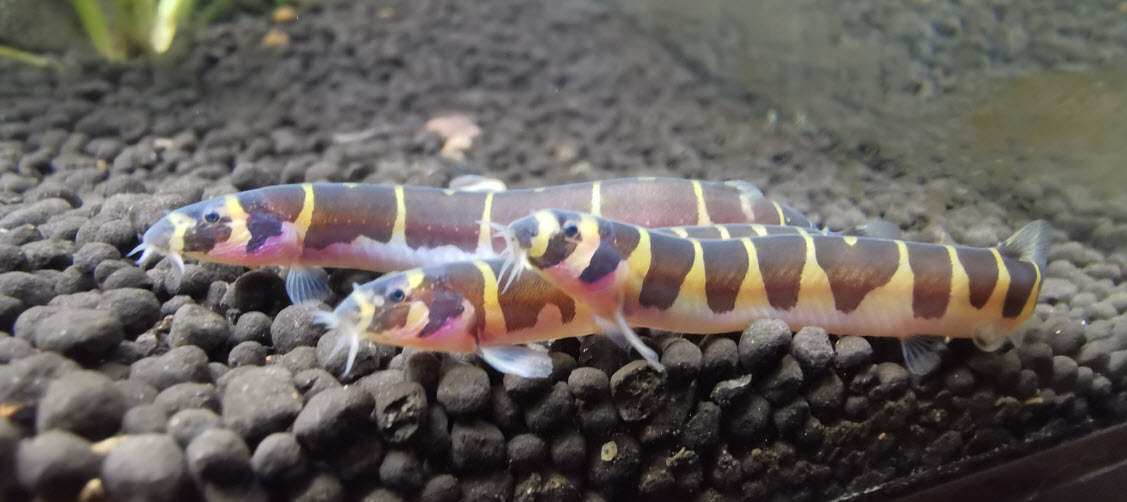
3, Feed Food with a protein level over 45% on a dry basis
Low protein food does not directly produce unhealthy fish. Rather its affect is indirect, through a long line of causal affects:
- A low protein food has a high carbohydrate content
- Carbohydrates are only 50% digested by the fish
- The undigested carbohydrates create dissolved organic compounds (DOCs) that have a high carbon to nitrogen ratio
- Pathogenic bacteria and other pathogenic organisms proliferate with high carbon to nitrogen ratios
- The proliferation of these organisms in the water column results in “dull” or even slightly milky water
- These bacteria and other organisms in the water column attack the fish.
Now everyone wants to know what defines a low protein food. I make the cut-off at 45% for dry commercial fish food. But the “45% protein” level is completely arbitrary. In truth there is a continuum between 30% and 60%. A level of 42% protein in the dry commercial fish food won’t be “ideal” but it also won’t be that bad. The key is the clarity of the water. Is the 42% protein food giving crystal clear water? Or is it giving “dull” water or even slightly cloudy water. There is a “threshold” here.
But where the threshold will be is very dependent on a multitude of variables. For instance, 34% might give crystal clear water in one aquarium setup while 52% might give “dull” water in another aquarium setup. Note that if I must buy commercial fish food, I ALWAYS buy the highest protein level I can find.
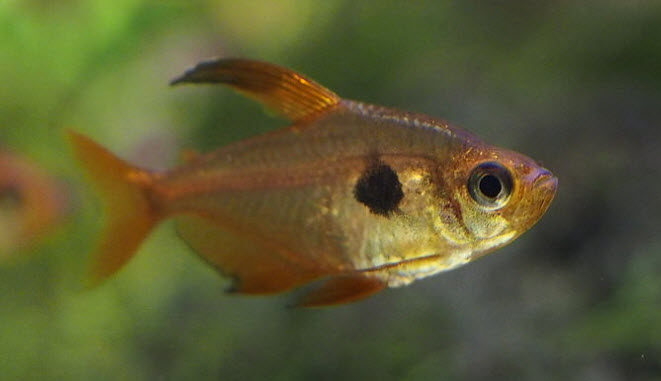
4, Have great aeration of the water
There are two ways to get great aeration. Air stones with a larger sized air pump will provide good aeration. And a wavemaker or filter outlet that makes a lot of “choppy waves” also works very well.
5, Infrequently clean the filter while leaving a lot of brown gunk
The brown gunk in a filter is on the order of 85% of the beneficial bacteria in the aquarium. Clean it all out and the aquarium typically needs to be recycled. So one needs to lightly clean a filter when the flow slows down or stops. Some of the brown gunk should be left behind. If it is a cartridge, only clean off the brown gunk on the face of the cartridge with a small brush.
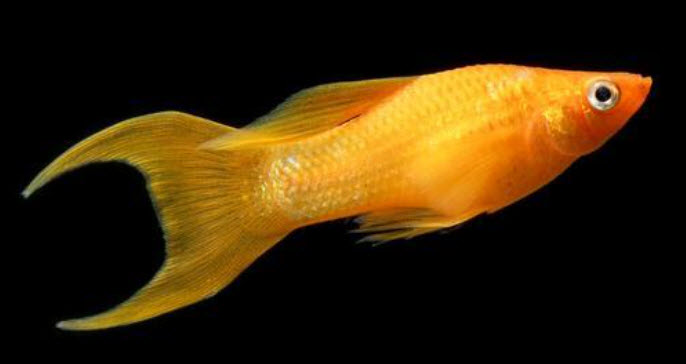
Crystal Clear Water
Note that some ask “how to I get water which isn’t cloudy or dull?”. In my experience “over-filtration” is necessary for “crystal clear” water. I define “over-filtration” as using far more media surface area than ammonia oxidation requires. I “over filter” (more than 100 square feet of filter media surface per pound of fish, in other words a HUGE amount of filtration) all my tanks to get crystal clear water. I also only clean my canister filters lightly only when they plug up and I never clean my under-gravels or my fluidized bed sumps.
I have not experienced any downside to “over-filtration” other than expense. I’ve got one 120 tank on an under-gravel, a FX6 and a 40 Gallon fluidized bed sump. You can look down the length of the six foot of water and you would think the fish are swimming in air. I do have to impinge my outflows at the surface of the water to keep from creating too large of a current in the tank.
Note I use plastic pot scrubbers and lots of foam inserts exclusively as canister media. And I avoid “polishing filtration” with Polyfil or Pinkie pads as the stuff must be cleaned and changed like once a week. I’m too lazy for that. For more on this go to this link:
6.3. Over-filtration
If you are interested in an example of these calculations on the suitability of an aquarium set-up click here;
1.1.12.1. An Example of How to Score an Aquarium
.
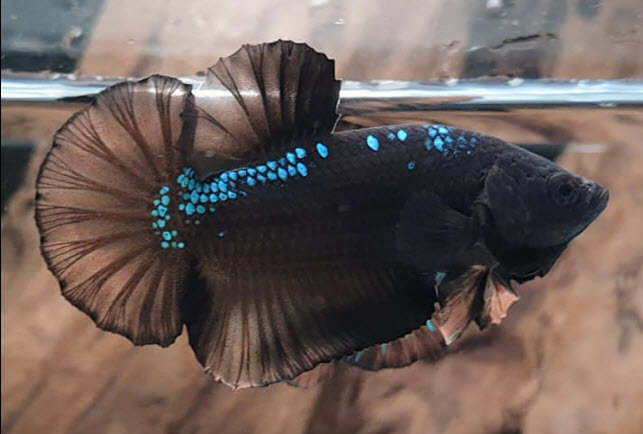
Parameters Which are not Important
What one should note are the things that are not on this list. Unimportant things include:
- Method of Cycling
- Type of Food (directly)
- Water Changes
- pH
- Hardness, KH, GH
- Total Dissolved Solids (TDS)
- Ammonia and Nitrite Levels (directly)
- Nitrate levels
- Turn-over Through the Filter
- Stocking Ratio
- Temperature
- Stability of Water Parameters
Many very well intentioned and sincere hobbyists will disagree with one or many more of these points. I can only encourage them to read the supporting articles and the supporting science. I know this takes a paradigm shift for many and paradigm shifts are never easy.
Note that even suggesting that all and any of these items are not important is guaranteed to provoke a few very unflattering criticisms from self-appointed social media “experts” (some call these folks the “fish police” or “fish Nazis”). One called this list “stupid and downright dangerous“. But the science in the close to 400 articles on this website says that none of these items is all that important to successful fish keeping.
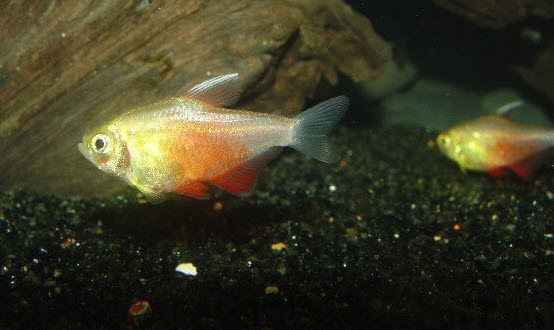
Unimportant topics in more depth
This website uses a multi-level approach to any subject. The easiest explanation is first and then there are typically a series of more and more complex explanations. In keeping with that methodology, here is a link to more in-depth answers as to why these items aren’t important in the aquarium, with links to even further levels in yet greater depth.
1.1.12.2. Unimportant Aquarium Parameters
.
Return to Guidelines for Beginners Menu
.
Aquarium Science Website
The chapters shown below or on the right side in maroon lead to close to 400 articles on all aspects of keeping a freshwater aquarium. These articles have NO links to profit-making sites and are thus unbiased in their recommendations, unlike all the for-profit sites you will find with Google. Bookmark and browse!
.

Dave says
In reply to Alicia …. Aim the spray bars straight down
Alicia Mercer says
Hi Dave. How do you impinge the outflows of the FX6 on your 120 gallon? I have the same set up with a spray bar, but it’s a bit much for my platinum halfbeaks.
Maartje says
Thank you for all the information you provide! Very interesting. I was wondering what is known about fish who are glass surfing often? In my (human) interpretation this means that they are not thriving and want to get away. Would that have to do with too many bacteria in the water as well? Could it be to little oxygen (even though they are not yet at the water surface)
Or are there other reasons why they do this? Bored? Desire to migrate? Hunger?
Dave says
In reply to Suzanne …. Yes on all points. Undergravels work well in ponds. And don’t clean the gravel even with plants.
Mrs Suzanne Carol Moran says
Hi ,
I have some undergravel filters that I have not yet used. I am getting a 1.5 m square above ground pond with a depth of 78 cm.
Is it possible for me to have an undergravel filter in my pond. I noticed in another article that you state never to clean your gravel when using an under gravel filter. Does this still apply if I have plants in my pond.
Thank you so much, I look forward to your reply.
Yours Suzanne
Dave says
In reply to Jennifer … With that setup you need to vacuum frequently. The more often the better. The good news is that you probably do not need to do weekly water changes to keep the nitrates below 80 ppm. And of course never clean the sponge filters or very lightly clean them like every three months. That is where all your beneficial bacteria lies.
Jennifer Andersen says
I am SO HAPPY to have discovered this website! There is so much conflicting information out there it’s impossible to know what to do. But can I please ask for some advice? I’m breeding Angels in 100 litre bare bottom tanks with sponge filters. Doing 50% water changes weekly. Obviously no substrate vastly reduces the surface area for bacteria, and if I’m not vacuuming the bottoms regularly they’re going to get nasty quickly. I do have several potted plants in each tank. What would be your thoughts on this set up? Thanks so much!